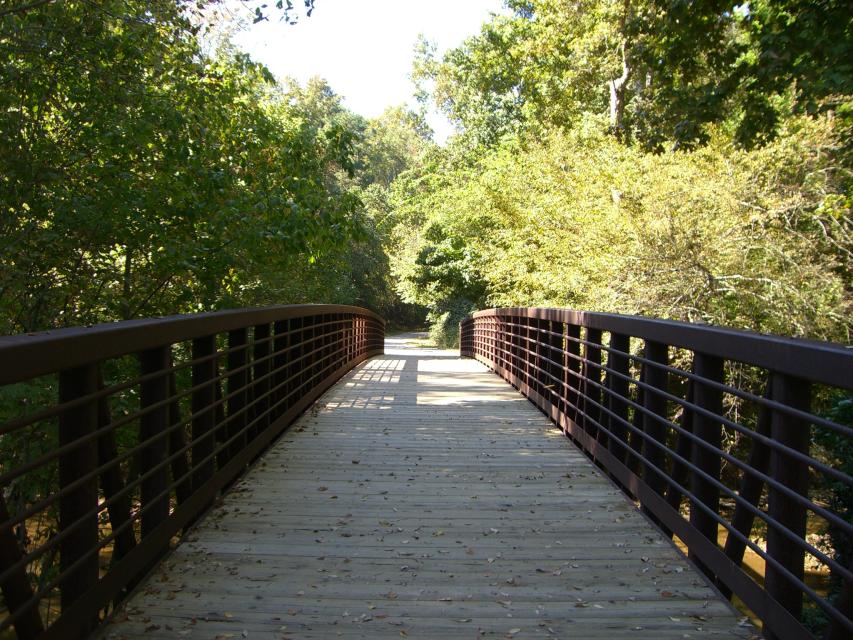Land Acquisition Projects
Land Acquisition
NCLWF land acquisition projects protect habitat for rare and significant plant and animal communities, buffer streams to filter sediment and other pollutants, protect downstream drinking water supplies, provide recreational opportunities such as greenways and trails, protect historic sites from disturbance, and prevent incompatible land use near military installations.
A land owner’s decision to sell their land or a perpetual easement through NCLWF is voluntary and facilitated through a land trust, local government, or state agency. At the end of the project, the land may be owned by the state of NC or a local government as public lands (local greenways, State Parks, State Game Lands, etc.), or may remain in private ownership, managed for conservation.
Land Acquisition Examples
Riparian Buffers
Riparian buffers, or stream corridors are purchased primarily to protect water quality. Downstream resources, including current and future drinking water supplies benefit from unpolluted streams. Intact riparian areas also provide wildlife corridors, improve air quality, regulate stream temperature, and lessen downstream flood damage.
Many riparian buffers funded through NCLWF allow safe, legal access to streams for canoeing, kayaking, and fishing.
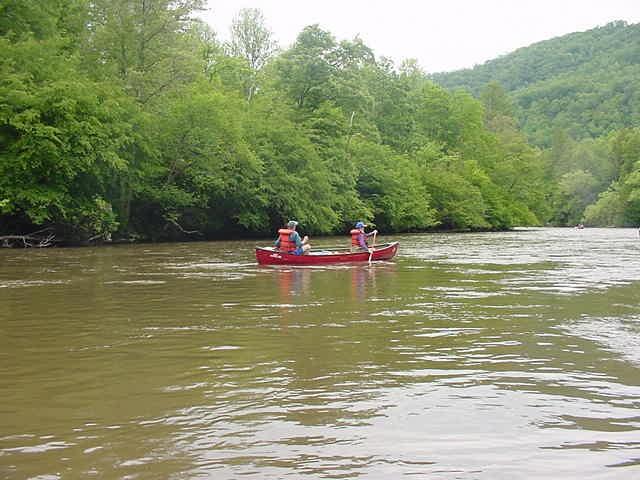
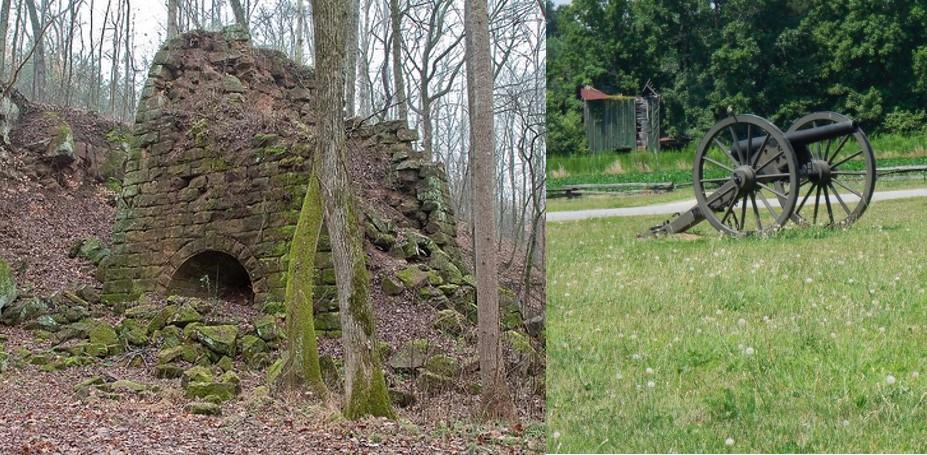
Cultural and Historic Sites
Historic site protection has included the Endor Iron Furnace on the banks of the Deep River in Chatham County (LEFT) and several parcels at Bentonville Battlefield in Johnston County (RIGHT). The Endor Iron Furnace was used to provide iron to the Confederacy from 1862-1865 and operated periodically through the end of the nineteenth century. It was listed on the National Register of Historic Places in 1974. Bentonville Battlefield was the site of the last major confederate counterattack in the Civil War and the largest battle fought in NC. The site was designated as a National Historic Landmark in 1994.
Ecological Diversity
NCLWF works closely with the NC Natural Heritage Program to rank natural communities that represent the ecological diversity of NC. The sites include mountain bogs in Transylvania County (LEFT), to long leaf forests in eastern NC (RIGHT).
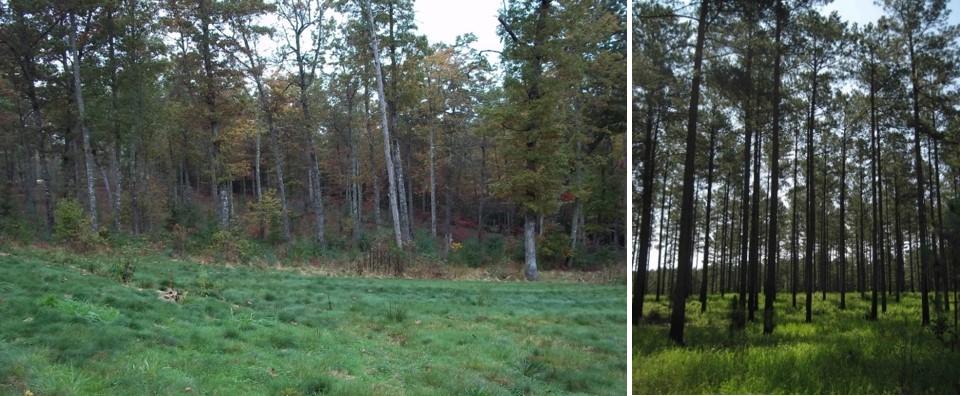
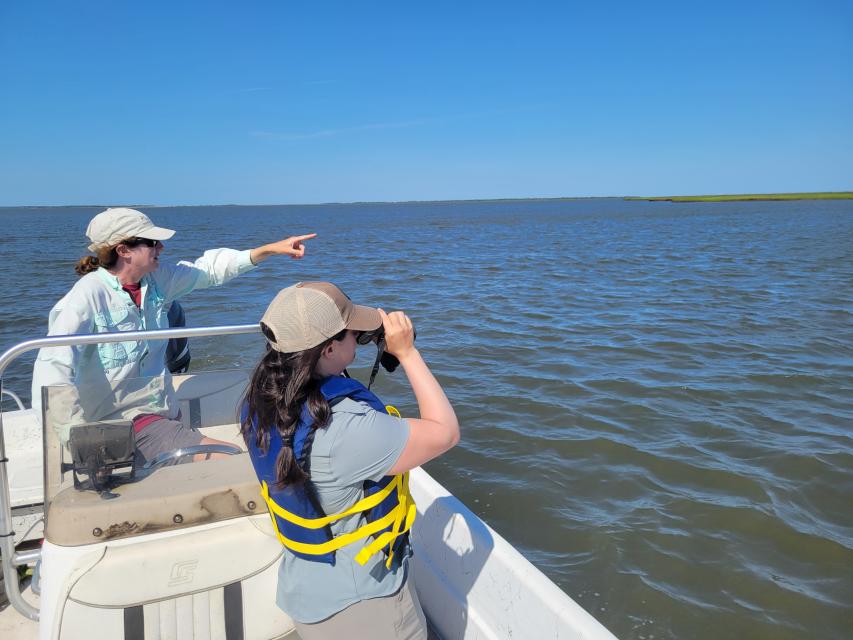
Military Installation Buffers
Often property near military installations have streams or natural communities with rare or endangered species that are a high priority to NCLWF to protect. However, NCLWF is able to fund projects with the primary purpose of preventing incompatible land use near installations, providing additional training areas, and providing state match for Readiness and Environmental Preparedness Initiative.
Greenways
While trails are allowed on most property purchased with NCLWF funding, riparian greenway projects emphasize paved or natural surface trail for environmental, educational, and recreational uses. Similar to riparian buffer projects, riparian greenway projects provide funding for land and easements along streams. Greenway corridors funded by NCLWF typically connect community parks, schools, and neighborhoods in urban areas of the state.
